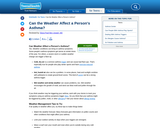
Students learn about the relationship between the weather and asthma.
- Provider:
- KidsHealth
- Author:
- The Nemours Foundation
- Date Added:
- 06/24/2019

Students learn about the relationship between the weather and asthma.
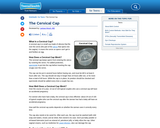
Students learn about the use of a cervical cap as a form of birth control including how it works and possible side effects.
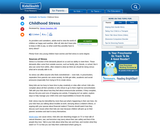
Students learn about stress, its causes, its warning signs and ways to reduce it. As providers and caretakers, adults tend to view the world of children as happy and carefree. After all, kids don't have jobs to keep or bills to pay, so what could they possibly have to worry about? Plenty! Even very young children have worries and feel stress to some degree.

Students learn information about colds including how to get well.
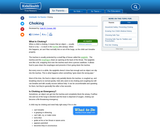
Students learn about what choking is, what to do if someone is choking, and how to try to prevent choking. To understand choking, you first have to understand what goes on at the back of your throat hundreds of times per day. All the food you eat and the air you breathe passes through your throat to get into your body.
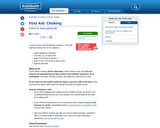
Students learn information to help understand what to do when someone is choking.
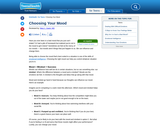
Students learn how to choose a mood, how to get into the best mood, and how to get out of an unhelpful mood.

Students learn about how to find a sport that they enjoy.

Students will identify the steps of effective hand washing and sequence these steps in proper order.
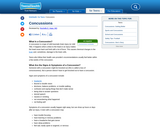
Students learn what a concussion is and what causes it, as well as, what to do after a concussion and possible ways to prevent concussions.
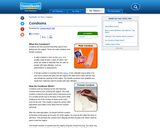
Students learn about condoms including how they work to protect against STIs, condom precautions, and how to get them.
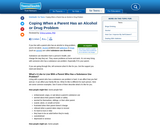
Students learn about why people drink too much and how alcoholism affects families.
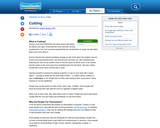
Students learn about cutting including why people cut themselves, what can happen to people that cut themselves, and how to get help.
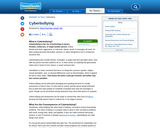
Students learn information about cyberbullying.
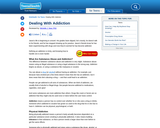
Students learn about substance abuse and addiction, as well as, getting help and tips for recovery. This resource also includes a substance abuse quiz for students to take.

Students recognize, understand and solve the problem of bullying. Bullying is a big problem. It can make kids feel hurt, scared, sick, lonely, embarrassed and sad. Bullies might hit, kick, or push to hurt people, or use words to call names, threaten, tease, or scare them. A bully might say mean things about someone, grab a kid's stuff, make fun of someone, or leave a kid out of the group on purpose. Some bullies threaten people or try to make them do things they don't want to do.
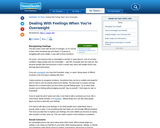
Living through our teen years comes with all sorts of changes and adjustments, so it's normal to face some emotional ups and downs. If a person is struggling with extra weight, it can add to these emotions.

Students will learn about how to make the right choices when dealing with peer pressure. "Come on! ALL of us are cutting math. Who wants to go take that quiz? We're going to take a walk and get lunch instead. Let's go!" says the coolest kid in your class. Do you do what you know is right and go to math class, quiz and all? Or do you give in and go with them?
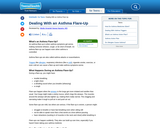
Students learn about what can happen with an asthma flare-up, how to spot the clues, how to have a plan, and how to prevent flare-ups.
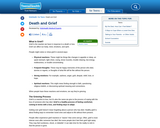
Students learn about emotional and physical grief, coping with grief, and getting help for intense grief.